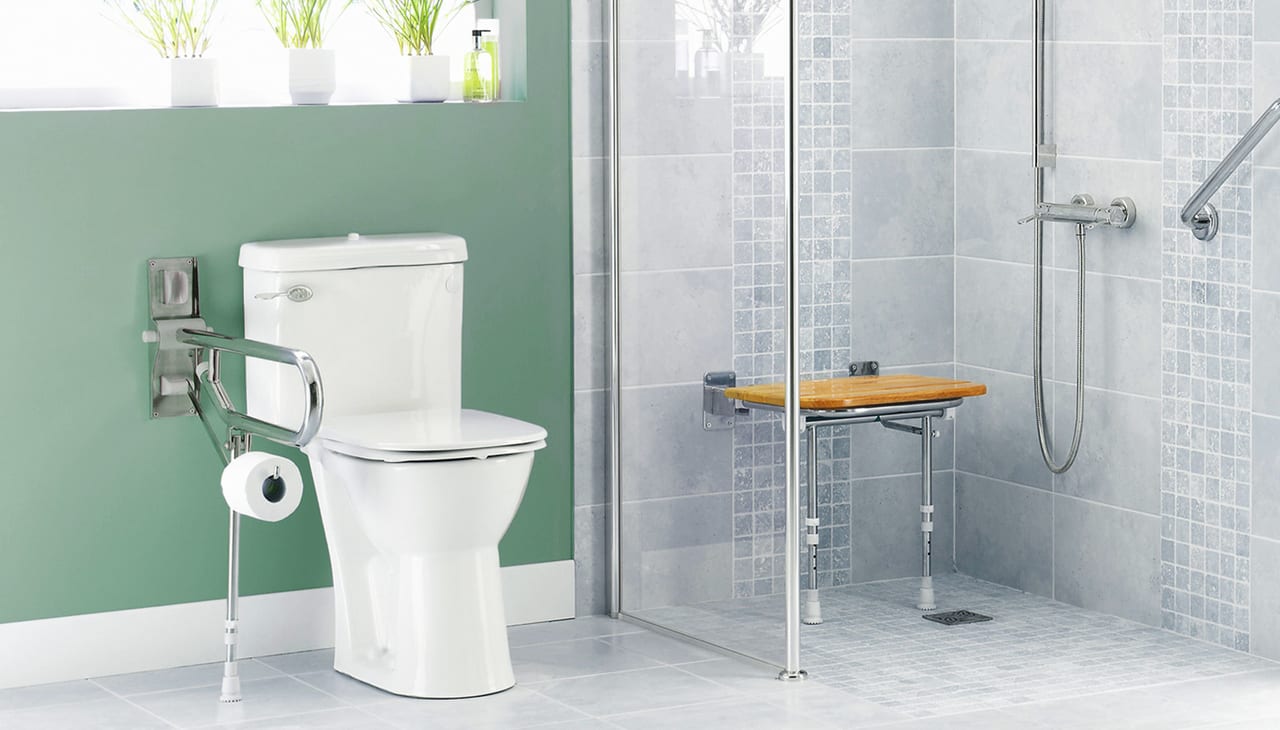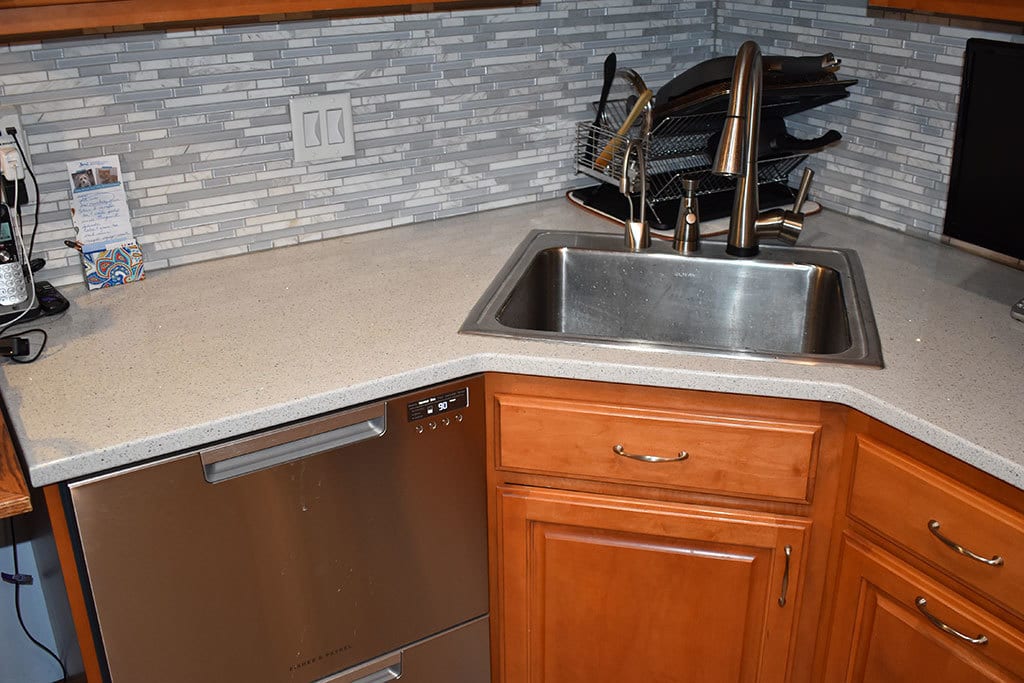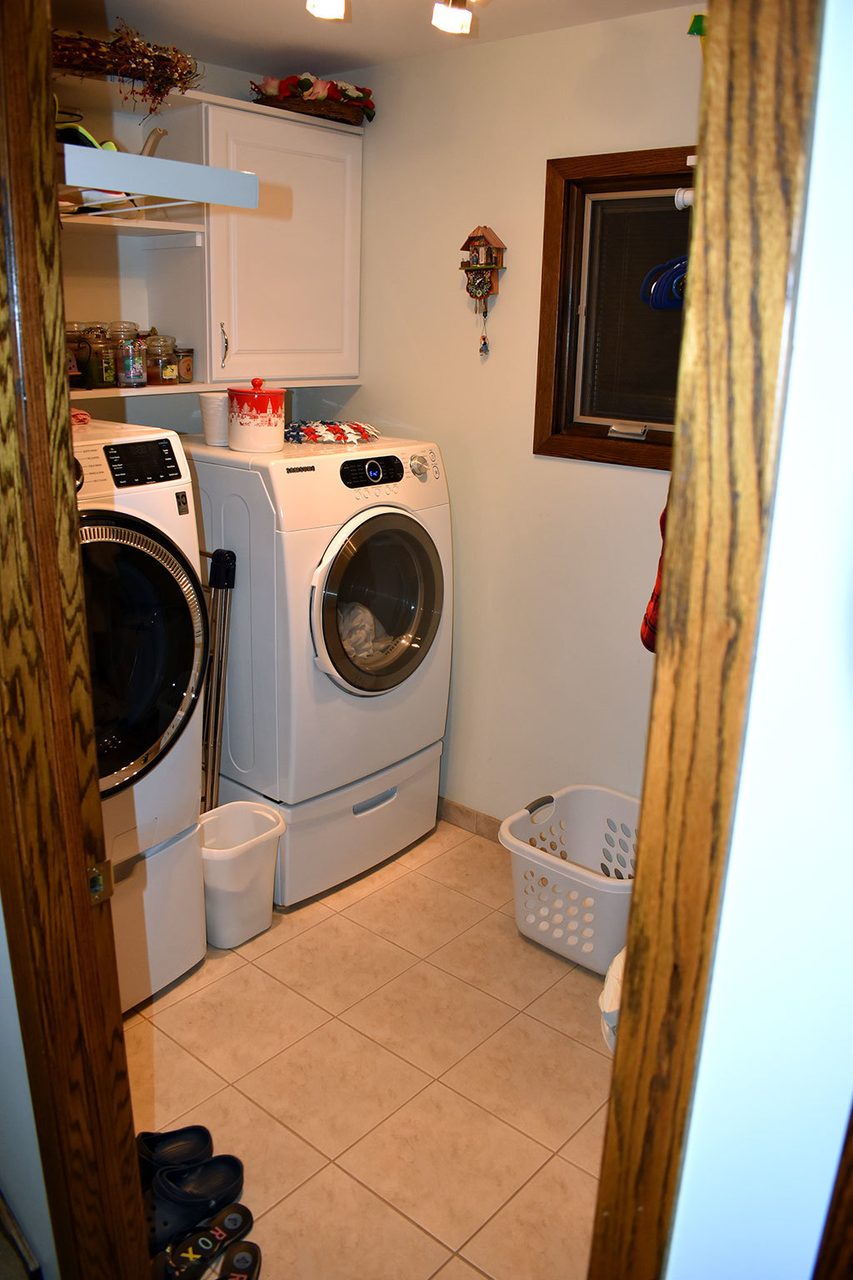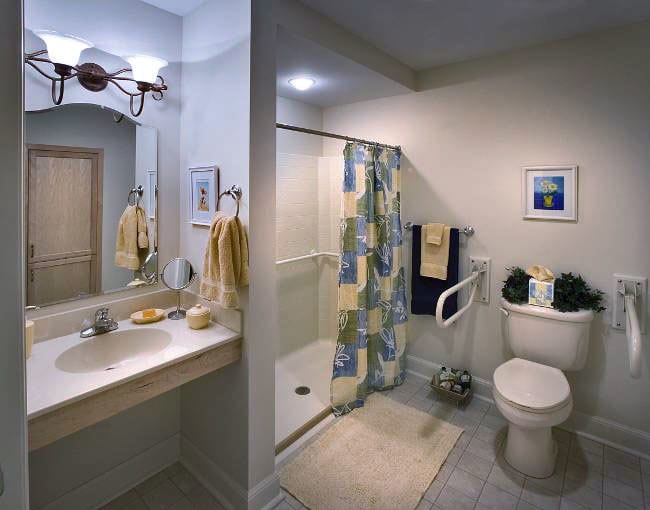
PLUMBING PRIMER
BY Julius Ballanco
Plumbing for aging in place
Plumbing codes, design layouts and plumbing fixtures have been adjusted to accommodate the aging population.

The baby boomer generation is reaching retirement age, and many are planning to age in place. As the body ages, the use of plumbing fixtures changes. The aging body no longer has the strength and flexibility of the younger body. Add to that possible medical issues and it is clear that for many aging in place, there needs to be changes to the plumbing in the home.
There have been many adjustments made to plumbing fixtures, plumbing codes, building codes, accessibility standards and design layouts to address the elderly population. New in the codes are requirements that address assisted-use plumbing fixtures. These fixtures are different than (handicap) accessible fixtures in that they are designed for those needing assistance. Also new are adult changing stations installed in public toilet rooms.
Many of the assisted living plumbing designs can also be used for aging in place. The concept is similar in that the plumbing fixtures are made easier to use by those less mobile and/or having lost body strength.
In the kitchen
The most popular kitchen faucet is the pullout spray faucet. While this style of faucet was not designed for the elderly, they are favored by the older population since it provides the convenience of the side spray without the need to manipulate the on/off feature.
Automatic faucets also help the elderly. Whether the faucet activates by touch, electric beam or Alexa, the convenience is very attractive. The boomer generation is quite adept at using electronic- and computer-operated systems. When Alexa faucets were announced, it was the older generation that clamored to buy the faucets. They were used to Alexa, and they could afford the high price tag for the faucets.
Other selling features in a kitchen include the single compartment kitchen sink, hot water dispensers and drawer dishwashers. As lifestyles change, there tends to be a switch from a two- or three-compartment kitchen sink to a single compartment. Interestingly, some like a deep bowl sink, while others prefer a shallow bowl sink. The beauty is that manufacturers provide many options.
The mistake with kitchen sinks is that the salesperson or plumbing contractor will often try to talk an older individual out of buying a given style of sink. They provide all of the reasons as to why they would prefer a different style. The mistake that is made is that most elderly know what they want. Many have studied the internet or used the fixture at a friends’ or while out of town. A happier customer is one that receives the sink they asked to have installed.
Hot water dispensers on kitchen sinks are also popular with the older generation. There is no longer a concern with a child being scalded. Dispensers provide instant hot water for making tea, instant coffee or soup.
Drawer-style dishwashers are also very popular when there are only one or two people living in a home. Both the single and double drawer dishwashers can be filled and run with fewer dishes. While raising a family, people get used to running the dishwasher every day. When the kids are gone, there is still a desire to run the dishwasher every day. The smaller size of the drawer dishwasher makes that possible. The other benefit of a drawer dishwasher is that they are easier to load and unload. There is no bending down or lowering and lifting the door. The drawer slides out and is filled or emptied.

A single, deep bowl kitchen sink with touch pullout spray faucet, hot water dispenser and a drawer-style dishwasher.
The laundry room
Homes with basements typically had the laundry connections located in the basement. A modern convenience in newer homes is the location of the laundry room on the main level of the house. For existing homes, this can be an easy conversion in an existing bathroom. If the home has three or four bathrooms, one can be converted to a laundry room by the removal of the bathtub or shower.
If a bathtub exists in a bathroom, there is room for a washer and dryer. The plumbing connections are already in the wall. Sometimes the water closet and lavatory are left in the room with only the bathtub or shower removed to accommodate the washer and dryer. Other times, all of the fixtures are removed with a complete laundry room in a former bathroom. Plus, there is always an option to install a laundry tray since the plumbing is there for the lavatory.
The difficulty in converting a bathroom to a laundry room can be running either the gas or electric for the dryer. Since most bathrooms are on the exterior wall, the gas and/or electric can always be run on the outside and brought through the wall. Currently, 80% of dryers installed in residential homes are electric. Thus, even if gas is installed, a good practice is to have the electrician run 240V to the laundry room.

A bathroom converted to a main-floor laundry room. Both gas and electric are provided for the dryer.
In the bathroom
The bathroom presents the biggest challenge for aging in place. The challenge centers around mobility. When people decide not to move and continue living in their home, they are normally very mobile. Many will feel healthy and in good shape. However, over time, that changes. Mobility issues often begin with people slowing down and losing upper body strength. As the knees start to go, the bathroom plumbing fixtures become more difficult to use. Some people will have to transition to canes, then walkers and finally wheelchairs.
The first fixture that becomes impossible to use is the bathtub. Stepping over the rim of the tub and climbing out after a bath or shower becomes difficult to impossible. The bathtub can be replaced with a shower. Many shower manufacturers have developed showers designed to fit in the place of a removed bathtub.
One of the issues with switching out a bathtub for a shower is the drain size. If the jurisdiction adopts the International Plumbing Code or International Residential Code, this does not pose a problem. Both of these codes allow a shower drain to be 1 1/2-inch, the same as a bathtub drain.
The Uniform Plumbing Code requires a 2-inch shower drain. However, a recent change to the code resulted in a new allowance for a 1 1/2-inch shower drain when the bathtub is changed to a shower. This code change was specifically geared toward aging in place.
A shower for the elderly needs to include three features not normally installed in a typical shower. The shower should have a seat. Fixed seating always performs better and prevents accidents that occur with temporary seats. Some showers will have built-in seats while others have accessible seats added to the wall opposite the shower valve.
The shower should have a handheld showerhead, as well as, an overhead showerhead. The handheld showerhead allows the taking of a shower when seated. It also allows for the easy washing of hair.
The shower valve needs to be a thermostatic mixing valve as opposed to a balanced pressure mixing valve. The thermostatic mixing valve maintains the water temperature regardless of the incoming hot and cold water temperatures.
The final consideration is grab bars. As one expert in the research of the aging states, “There are never enough grab bars.” He has identified vertical grab bars as being extremely important in a shower. He also shows grab bars on the entry into the shower to help move into and out of the space.
Some have questioned whether the 2-inch threshold into the shower presents a problem for aging in place. It is well understood that, for a handicapped shower, a threshold is not permitted. For aging in place, the threshold does not pose a problem since the movement over a 2-inch obstruction can be accomplished. The zero threshold accessible shower is designed for allowing a wheelchair to wheel into the shower compartment. This is one of the differences between aging in place plumbing and accessible plumbing.
One of the few fixtures that does not require any change is the lavatory. While there are many automatic faucets for lavatories, the standard lavatory faucet is preferred by the elderly in a home.
The only complaint by the elderly population regarding a lavatory is with the overflow. They often ask why there is an overflow. The criticism is the cleaning of the overflow — they get dirty and disgusting with things growing in the passageway. Why any manufacturer still includes a lavatory overflow is puzzling. The plumbing codes did away with the requirement for a lavatory overflow more than 30 years ago. Perhaps the problem is that plumbing codes did not outlaw overflows, they merely have requirements if someone feels the need to include an overflow. Whether it is for aging in place or any residential installation, plumbing contractors should only install lavatories that do not have overflows. That results in a healthy home.
Rather than accessible grab bars found in commercial toilet rooms, the preferred grab bar for those aging in place is the swing-down, swing-up grab bar.
The water closet becomes the plumbing fixture that is most difficult to use as mobility changes. The bending down and getting up after use becomes problematic. To make the transition to a water closet a little easier for those confined to a wheelchair, plumbing manufacturers have developed an accessible water closet bowl. The height of an accessible water closet bowl is 2 to 4 inches higher than the standard bowl height.
The taller height water closet bowl can be both a blessing and a curse. Having the seat at a higher level makes lowering and raising easier. The Building Code requires accessible water closets for both accessible (handicapped) fixtures and assisted use fixtures. The accessible bowl can be installed in a home to help the elderly. However, the taller height bowl may result in a higher incident of constipation.
Studies performed in the 1950s and 1960s by Professor Alexander Kira at Cornell University identified the proper posture for using a water closet. Kira indicated the higher bowl height can cause a problem with straining and relaxing of the sphincter. He identified the best position for defecating as being the full squat, common in many Asian countries. Prof. Kira even suggested a water closet with pegs on the side of the bowl to place one’s feet after sitting down. Thus, the body’s position would be adjusted to assist in defecating.
Many years after Kira’s research, one of the responses to this problem was the invention of the Squatty Potty, which became popular on the TV show “Shark Tank.” The product helps with the problem of a higher height accessible water closet bowl by providing a stool to elevate your feet after sitting on the bowl. Although the original sales feature was for standard height bowls, such a product can be used for the higher height accessible water closet. Any stool or means of elevating the feet after sitting provides a better position for using the water closet.
A more important feature is grab bars for the water closet. Rather than accessible grab bars found in commercial toilet rooms, the preferred grab bar for those aging in place is the swingdown, swing-up grab bar. This style of grab bar is available both wall mounted and floor mounted. When needed, the grab bar easily swings down to assist in the transfer to the water closet. When done, the grab bar swings up out of the way. The grab bars are not in the way for those who may not require the use of grab bars. The swing- down, swing-up grab bars can be installed on one side of the water closet or both sides. They are even available with the toilet paper holder on the end of the grab bar.

Swing-down, swing-up grab bars. Photo courtesy of the American Institute of Architects, Design for Aging Knowledge Community.
Conventional grab bars can also be installed when there is a side wall close enough to the water closet. Unlike accessible water closets, installing a rear grab bar does not serve much purpose. The side grab bars are the ones used by the aging in place.
Selling the concept
The plumbing contractor normally has a working relationship with customers planning to age in place. That relationship provides the opportunity to identify the options available for upgrading the plumbing system.
When speaking to your customer, have all of the numerous options available to show them. The decision to make changes to the plumbing may take time. But the customer needs to be aware that, rather than waiting until it is too late, it is better to prepare for the future. Presenting options while still very mobile will help guide them to a happy retirement.
As they age, they will thank you for the foresight in providing usable plumbing fixtures.

Onzeg/iStock / Getty Images Plus via Getty Images
Julius Ballanco, P.E., CPD, FASPE is president of J.B. Engineering and Code Consulting, P.C. in Munster, Indiana. He can be reached by email at jbengineer@aol.com.
